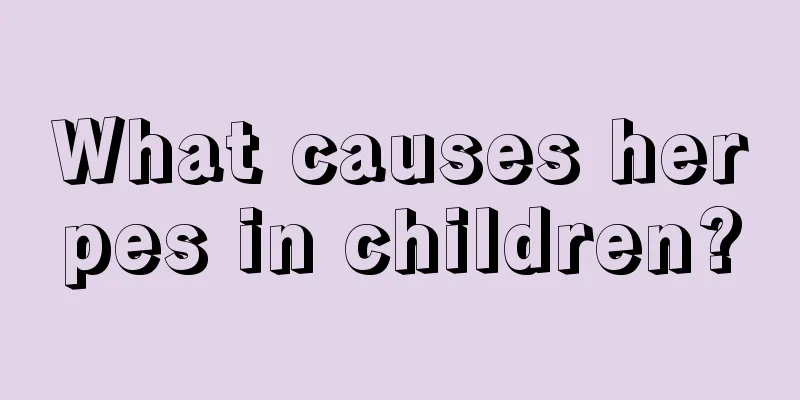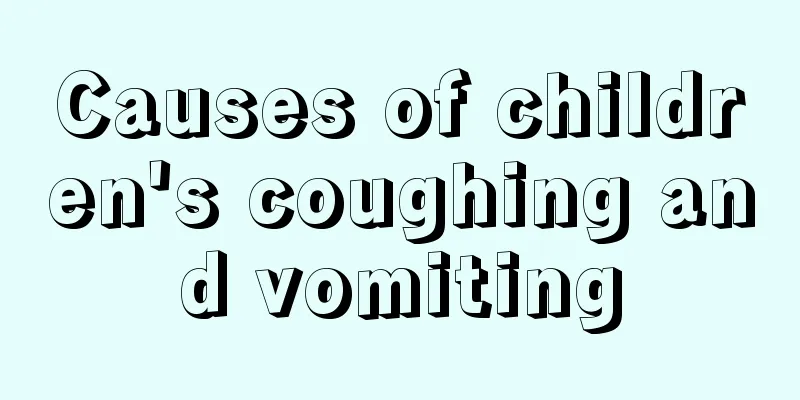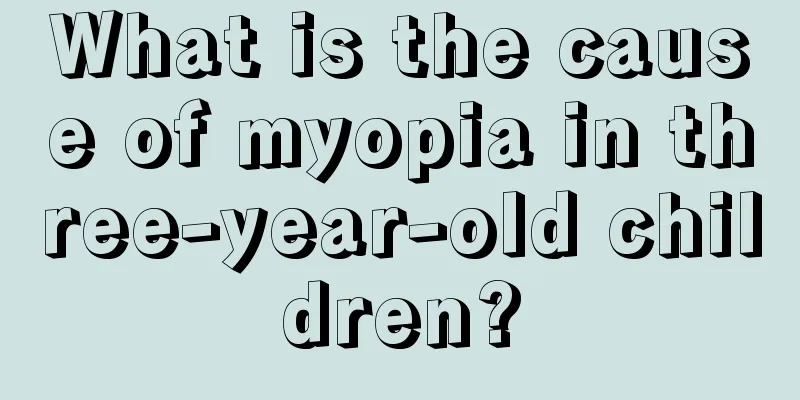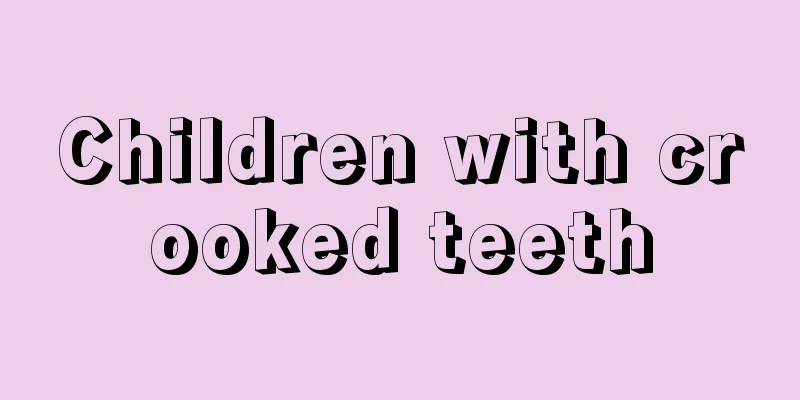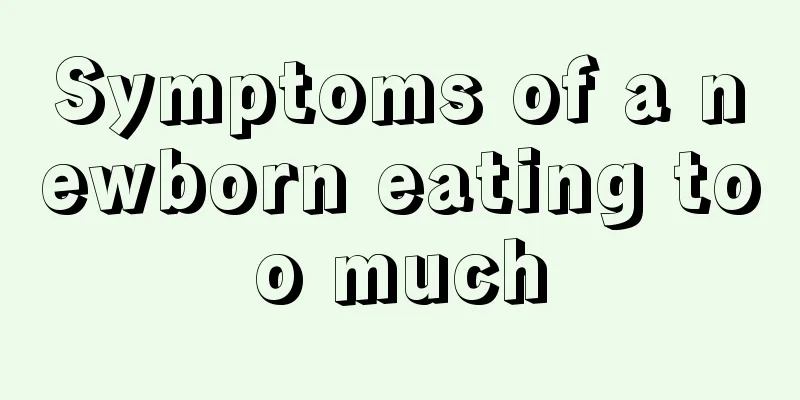Epilepsy symptoms in children
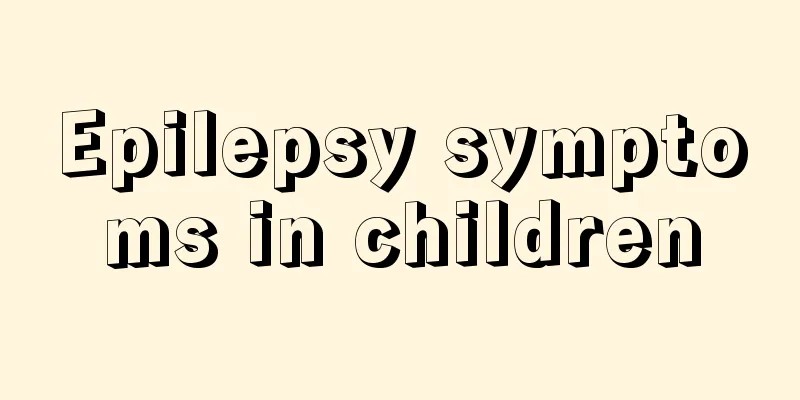
|
Epilepsy is a relatively common disease, also known as epilepsy. The main affected group is infants and young children. It is a relatively common disease in infants and young children, and it is particularly harmful to children. When epilepsy occurs, there are many symptoms, such as clonic convulsions. In severe cases, epileptic seizures will occur, and the patient will fall with his head tilted back, foaming at the mouth and other symptoms. Epilepsy symptoms in children Benign childhood epilepsy Benign childhood epilepsy is more common in males than in females, and is significantly correlated with age. It usually occurs between the ages of 2 and 14, with a peak at around 9 years old. It eases or disappears before the age of 16, and has a good prognosis. This symptom group is characterized by brief, simple partial facial hemimotor seizures, such as brief tonic or clonic twitches of unilateral facial muscles, oropharyngeal muscles, and lips. It is often accompanied by somatic sensory symptoms, and some may develop into tonic or clonic seizures. Most of these attacks are related to sleep, and more than half of them occur only during sleep, while they often occur during the day when people are drowsy or in a resting state. During an attack, the EEG shows high-amplitude spike waves and spike-slow waves in the central temporal area. These waves can be induced by sleep and are easy to spread. Benign myoclonic epilepsy of infancy The disease usually occurs at an age of 1 to 2 years old, and there is often a family history of convulsions or epilepsy. The clinical feature is brief generalized myoclonic seizures without other types of seizures. During the attack, the electroencephalogram shows widespread spike and slow waves, which are mostly synchronous on both sides. The intervals between attacks are normal. Should be treated early. Childhood absence epilepsy This is a typical absence epilepsy, with an onset age of 3 to 9 years old and a peak at 6 to 7 years old. It has a clear genetic tendency and is more common in girls than in boys. It is characterized by frequent absences, several to hundreds of times a day. Each absence seizure is short, but the degree of loss of consciousness is severe. The EEG during the seizure shows bilateral synchronous symmetrical spike-slow complex waves on the normal background activity, often 3C/S. Most children may gradually improve or have less frequent seizures with age. About 1/3 of children will have tonic-clonic seizures by puberty, or only have absence seizures. Absence epilepsy This type of seizure is the same as childhood absence epilepsy, but the age of onset is around puberty, with no obvious gender differences. It is characterized by low frequency of seizures, sporadic, with an average of less than one time per day. Most of them occur when the patient is awake, and the changes in consciousness are relatively mild. Therefore, the patient can often have partial awareness of the seizure. During the seizure, there are often generalized tonic-clonic seizures, and a few have myoclonic seizures. The EEG manifestations are the same as those of childhood absence epilepsy. The prognosis is worse than that of childhood absence epilepsy, but the response to treatment is still good. Myoclonic epilepsy Also known as impulsive seizures, it occurs during adolescence, is related to genetics, and has no gender differences. The attacks are mainly single or repetitive, irregular, and irregular myoclonic twitches involving the back extensor muscles of both shoulders, and in a few cases, the lower limbs may also be involved. Mild cases are often not noticed by others, while severe cases may cause sudden falls or even generalized tonic-clonic seizures or persistent states. This type of disease often occurs shortly after awakening, and there is generally no obvious disturbance of consciousness. Both interictal and ictal EEGs showed rapid, widespread irregular spike-waves and polyspike-waves. Sleep deprivation or light stimulation can often induce it and it responds better to appropriate drug treatment. Myoclonic-atonic epilepsy The age of onset of this type is between 7 months and 6 years old, mostly between 2 and 5 years old. There is often a genetic tendency, and boys are twice as likely as girls. Most of them develop normally, and everything is normal before the onset of the disease. Seizures include myoclonic, atonic, absence with clonic and tonic components, and tonic-clonic seizures. Status epilepticus often occurs, and advanced patients with a poor prognosis may experience tonic seizures. In the early stage, the EEG is mostly normal except for a rhythm of 4 to 7 times per second. Extensive short-range irregular slow waves and spike waves may also appear. In the persistent state, irregular spike and slow waves of 2 to 3 times per second can be seen. The prognosis of this disease varies. Some patients recover completely, some develop absence seizures, and some develop further and later develop psychomotor retardation or permanent functional behavioral disorders. Myoclonic absence epilepsy The age of onset of this disease ranges from 2 to 12 years old, with a peak at around 7 years old, and males are the majority. The clinical characteristics are absence accompanied by systemic rhythmic clonic convulsions, which are prominent in the shoulders, back and lower limbs. Tonic contractions may also occur at the same time, and the disease may occur several times a day. The EEG during both interictal and ictal periods was accompanied by bilateral synchronous and symmetrical 3-times/second spike-slow waves. This type of epilepsy has poor drug treatment effects and most cases continue into adulthood, often with mental retardation, and some may develop into other types of epilepsy. The prognosis is poor. |
<<: What medicine is good for children's pharyngitis?
>>: What are the requirements for baby silver bracelets
Recommend
What to do if your two-year-old baby coughs
Every change in the baby after birth is watched b...
Can children wear silver bracelets?
Many parents will give their children silver brac...
Does your baby always pick at his wound after it scabs?
Babies always pick at the scabs on their wounds w...
10 tips to prevent bedwetting in children
Studies have found that many children still wet t...
Things to note after shaving your baby's head
Babies cannot speak and can only express their em...
Why is the child's hair yellow?
I have always felt that Chinese people’s hair sho...
Why are baby's eyes yellow?
The healthy growth of children is what every fami...
How old is the baby before he can lift his head while lying on his stomach? New parents should pay attention to the growth rules
A baby's body will undergo different changes ...
Tips for teaching children to write numbers
It is very difficult for children to learn to wri...
What to do if your child swallows gum
Chewing gum is a snack that many people like to e...
What to do if your baby has dry skin
Dry skin is common in many people, especially in ...
Early symptoms of purpura in children
The early symptoms of purpura in children mainly ...
What causes enteritis in breastfed babies?
Enteritis in breastfed babies may be caused by im...
Symptoms and treatment of laryngitis in children
As parents, we must of course actively understand...
What is the most effective way to stop vomiting in children?
It is inevitable that people will vomit in their ...
